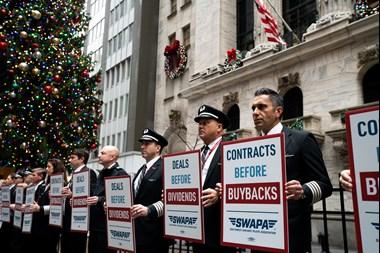Commentary
March jobs printed at 303,000 new jobs, according to the Establishment Survey released this morning by the Bureau of Labor Statistics (BLS). The number is an estimate of job creation data from a survey of businesses. The figure well exceeded the 212,000 consensus estimate. January and February jobs creation revisions were up by 22,000 jobs, net.





